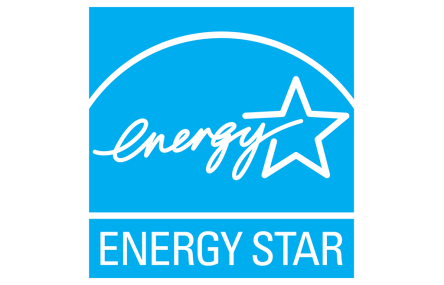The sustainability framework that leading retail property owner, operator and developer Macerich operates under calls for eliminating energy waste and nearly eliminating emissions, water waste and landfill impact. Evidence of Macerich’s success in translating these “Innovating to Zero” principles into best practices includes a No. 1 GRESB Benchmark ranking for four years running among North American retailers and a Top 30 onsite generation designation in the U.S. Environmental Protection Agency’s Green Power Partnership. The Santa Monica, Calif.-based S&P 500 company has generated 16 megawatts of grid relief and saved more than 300,000 KwH annually with solar panel installations and LED retrofits. It’s the only U.S. retail real estate company to earn the highest “Climate A List” ranking from CDP (formerly the Carbon Disclosure Project), the world’s most comprehensive collection of self-reported environmental data. Another accolade came in the form of a Commercial Real Estate Digital Innovation (“Digie”) Award in the Most Intelligent Building Project category that Macerich received at the Realcomm ׀ IBCon conferences in June. Macerich recently marked another notable milestone: the 10-year anniversary of a multifaceted energy management sustainability program that has reduced the company’s environmental impacts while squeezing every ounce of efficiency from its operations. The company’s plan called for using advanced energy management software to combine internet of things data with additional logic and analytics functionality. The goal was to turn disparate charts, graphs and reports into coherent, actionable intelligence for operations teams and managers across 51 million square feet of real estate in 15 U.S. states. The software central to achieving that vision, the Yardi Pulse Suite, integrated Macerich’s central energy management systems with utility billing, energy data collection and the Yardi Voyager property management and accounting system. The suite enables connection, analysis and display of building information from Macerich’s...
Score Alert
New ENERGY STAR Metrics
The U.S. Environmental Protection Agency’s ENERGY STAR® score gives building owners a snapshot of their property’s energy performance by comparing it to a database of similar buildings. Performance metrics in ENERGY STAR Portfolio Manager®, an online tool for tracking energy and water consumption and greenhouse gas emissions, changed on Aug. 26 to reflect the most recent market data available. This update is part of EPA’s standard process to “keep ENERGY STAR metrics as current as possible, and reflective of current market performance,” the agency says. The revised ENERGY STAR criteria incorporate the most recent Commercial Buildings Energy Consumption Survey (CBECS), which constitutes the baseline against which owners compare their buildings to earn certification. In short, the change is an effort to make sure that the “similar building” comparisons for performance are as accurate as possible. EPA continues, “The most recent market data available shows an overall improvement in the energy performance of the U.S. building stock in recent years. So when Portfolio Manager metrics are updated on August 26, ENERGY STAR scores and other performance metrics will, on average, go down.” The new calculations “will be applied across all time periods, which means scores and metrics for all historical benchmarking data will change. By applying this update across all time periods, you’ll continue to be able to analyze changes that are a result of your own activities, rather than changes in underlying market data.” “The change is significant for buildings pursuing LEED or Green Globes certification, for buildings with GSA or other government space leases tied to an ENERGY STAR score of 75, for buildings in cities with mandatory benchmarking, and for the more than 450,000 commercial properties that have an ENERGY STAR score,” says Baltimore environmental attorney Stuart Kaplow, publisher of a green...


